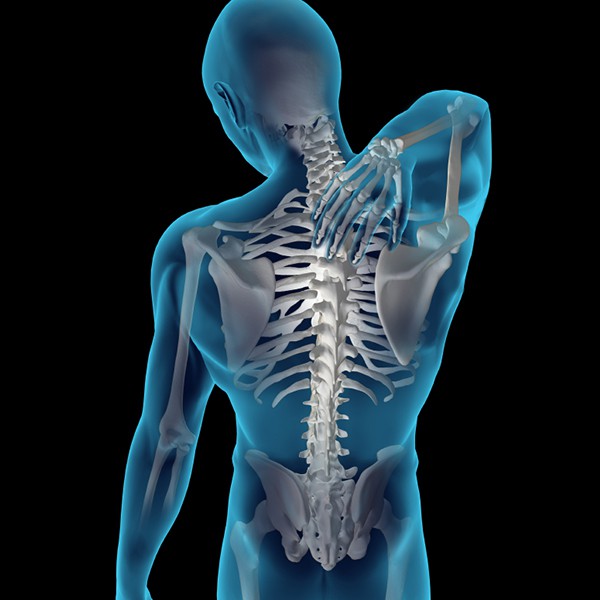 How to Identify Lower-Back Pain and How to Provide the Right Remedy and Care
How to Identify Lower-Back Pain and How to Provide the Right Remedy and Care
Our lives have had quite a number or problems and health problems most likely are among the most important thing that needs addressed, especially if it is a lower-back pain. Medically speaking, the pain can range from low or lower back but the possible diagnosis could range a plethora of possible options. Do remember that the cause of the pain range greatly, even if the pain one will feel is down to a common pain.
The cause of the pain at the back is traced back to a number of possible output and the pain could develop down to the buttocks and even the lower extremities in some cases. Keep in mind that the possible cause of the pain technically range greatly and it includes how we live our daily lives, what our daily physical activities include, what possible medication we may be taking, and more. Nerve compression also is a great contributor to pains. There also are other spinal disorders that range from age-related, trauma-related, and more.
Keep in mind that pains could also be caused by a type of spinal disorder like that of herniated disc or bulging. If the soft interior matter has seeped out via a means of a crack in the protective outer layer of the disc, then chances that this could be linked to herniated disc. This type of disc problem can cause quite a number of pain and this includes compression, pain in general, and inflammation. If the nerve passageway or the spinal canal has development or narrowed abnormally, then it will most likely lead to spinal stenosis.
Furthermore, as we age, we also get to notice degenerative spine problems and among the problems that are accompanied by such is spinal osteoarthritis or spondylosis. You will also see that this basically leads to bone spurs since this hits the spine’s facet joints. Another type of lower back pain you will see is spondylolisthesis, where the lumbar vertebral body slips over the vertebra under it.
Technically speaking, there really are a number of things that may cause the pain and you will see that these things can be provided with immediate medications to ease the pain and address it respectively. One of this include applying cold compression during the first 24 to 48 hours. This should help reduce the swelling, pain, and spasms. Applying warm compression after will assures that the heat provides the right temperature to relax the sore tissues. Do remember that you should avoid skin contact when applying cold or warm compress.
While it is true that there are OTC medications, it still is recommended to seek out medical attention to have it checked thoroughly.



